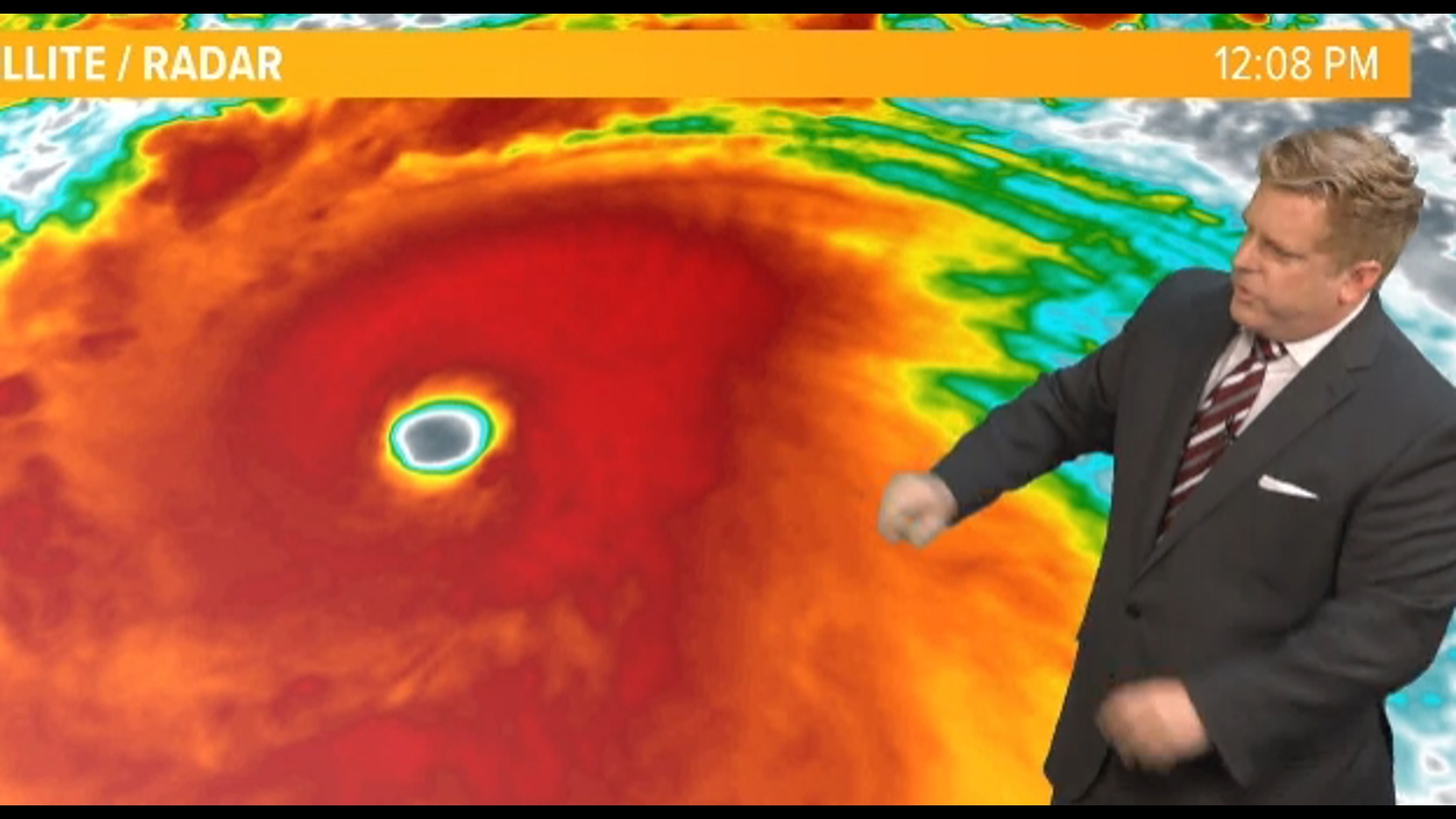Historical Hurricane Beryl Data: Hurricane Beryl Now

Hurricane beryl now – Historical data on past Hurricane Beryls reveals important patterns and trends that can inform future preparedness and response efforts.
Over the past century, there have been approximately 10 hurricanes named Beryl, with an average frequency of one hurricane every 10 years. The majority of these hurricanes have occurred in the Atlantic Ocean, particularly in the Caribbean Sea and the Gulf of Mexico.
Intensity and Impact
The intensity of Hurricane Beryls has varied significantly over time, with some storms reaching Category 5 status, while others remained weaker tropical storms. The most intense Hurricane Beryl on record was the 1956 hurricane, which made landfall in Nicaragua as a Category 5 hurricane, causing widespread devastation.
The impact of Hurricane Beryls has also varied, depending on their intensity and the areas they affected. Some hurricanes have caused significant damage and loss of life, while others have had relatively minor impacts. For example, the 2018 Hurricane Beryl caused significant flooding and damage in Florida, but no fatalities were reported.
Trends and Patterns
An analysis of historical Hurricane Beryl data reveals several important trends and patterns. First, there has been an increase in the frequency of Hurricane Beryls in recent decades. This trend is consistent with the overall increase in hurricane activity in the Atlantic Ocean.
Second, there has been a slight increase in the average intensity of Hurricane Beryls. This trend is also consistent with the overall increase in hurricane intensity in the Atlantic Ocean.
Third, Hurricane Beryls have become more likely to make landfall in the United States. This trend is likely due to a combination of factors, including the increase in hurricane frequency and intensity, as well as changes in global weather patterns.
Implications for Future Preparedness and Response, Hurricane beryl now
The trends and patterns observed in historical Hurricane Beryl data have important implications for future preparedness and response efforts. First, the increase in hurricane frequency and intensity means that coastal communities need to be prepared for more frequent and severe hurricanes.
Second, the increase in the likelihood of Hurricane Beryls making landfall in the United States means that coastal communities in the United States need to be particularly well-prepared for these storms.
Third, the impacts of Hurricane Beryls can vary significantly depending on their intensity and the areas they affect. Therefore, it is important for coastal communities to develop preparedness and response plans that are tailored to their specific risks.
As Hurricane Beryl barrels through the Atlantic, its destructive path can be closely monitored with the help of weather radar. These advanced systems provide real-time updates on the storm’s intensity, movement, and potential impact, allowing us to make informed decisions and stay prepared for its arrival.
Hurricane Beryl now churns in the Atlantic, its path uncertain but its presence undeniable. Stay abreast of its movements with live updates from hurricane beryl live. The latest advisories, satellite imagery, and expert analysis are at your fingertips, empowering you to stay informed and make informed decisions as Hurricane Beryl continues its course.